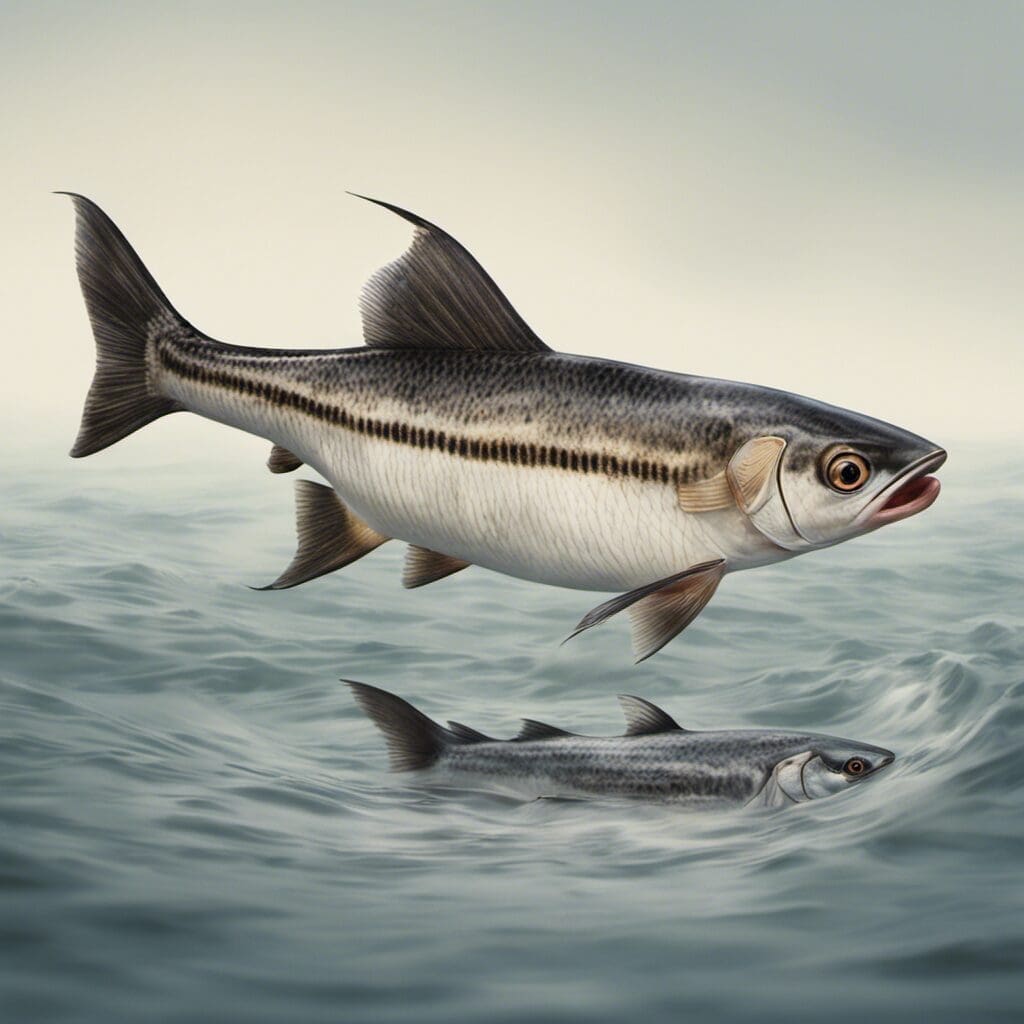Introduction
The Houndfish (Tylosurus crocodilus), also known as the Crocodile Needlefish, is a saltwater fish species in the family Belonidae.
Conservation Status
The Houndfish is not currently listed on the International Union for Conservation of Nature (IUCN) Red List of Threatened Species. Conservation status might be influenced by several factors, but no concrete data is available regarding specific conservation measures for this species.
Statistics
| Average Length | 150 cm |
|---|---|
| Length Range | 50 cm – 200 cm |
| Average Weight | 2.3 kg |
| Weight Range | 0.5 kg - 5 kg |
| Average Lifespan | 5-10 years |
Distribution
The Houndfish has a worldwide distribution in tropical and subtropical waters, being found in the western Atlantic Ocean from Canada to Argentina, including the Gulf of Mexico and the Caribbean Sea.
Habitats
This species is typically found in marine habitats, but can also inhabit brackish waters of estuaries and lagoons. It usually stays near to the surface and prefers temperatures between 20-30°C.
When and Where to See
The Houndfish is a surface-dwelling fish, suggestively seen feeding mainly during early morning or late afternoons.
Best Fishing Locations
While specific fishing spots for Houndfish aren’t laid out, one might enjoy high chances of sighting this species in regions such as Florida Keys, Gulf of Mexico, along the coast of Brazil, or in the Caribbean Sea.
How to Catch
Anglers most often catch Houndfish by trolling small lures or baitfish, such as herring. These fish are known to jump high out of water when hooked, making them a pretty exciting catch.
Identification Guide
The Houndfish is easily recognized by its elongated body and long, needle-like beak filled with sharp teeth. Its body color is typically bluish-green dorsally and silvery white ventrally.
Culinary
How to Cook
Houndfish is not typically a major target for commercial or recreational fishing, hence there isn’t a traditional method of cooking this species. Their firm, white flesh does lend itself well to grilling or broiling.
Additional Information
Behavior
Houndfish are noted for their habit of leaping out of the water, particularly when hooked or in pursuit of prey. They are voracious carnivores, feeding on a diet of smaller fish and invertebrates.
Predators and Threats
Natural predators of the Houndfish include larger pelagic fish and seabirds. The chief threat to the species comes from habitat pollution and degradation due to human activities.
Cultural/ Historical Significance
Despite not being a popular game or food fish, Houndfish have a certain place in popular culture due to their distinct shape and jumping behavior.
References and Further Reading
For more information on Houndfish, interested readers might want to check out aqua-life resources available online on the [NOAA website](https://www.fisheries.noaa.gov/species), [FishBase](https://www.fishbase.de/summary/Tylosurus-crocodilus.html), or similar resources dedicated to marine life research and advocacy. Remember to always open links in a new tab to keep your place on the original page

